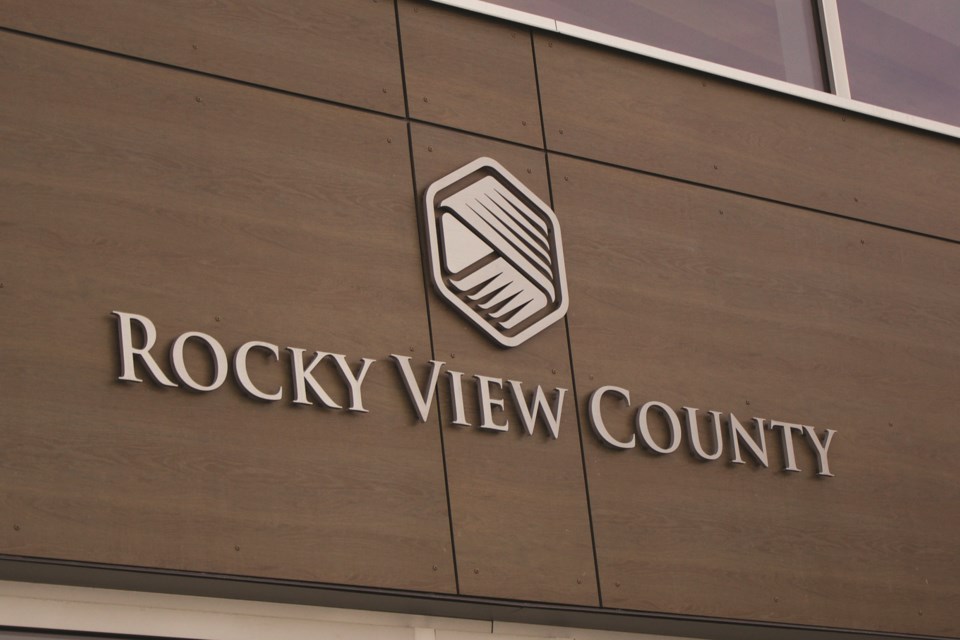Rocky View County council unanimously voted to direct its administration to explore alternative tourism partnerships during their meeting on Feb. 22.
Rocky View County (RVC) was previously part of the Canadian Badlands Tourism Association, before it dissolved in 2021 due to the impacts of the COVID-19 pandemic. However, there are several other Destination Marketing Organizations (DMO) that could help support tourism in RVC, according to David Kalinchuk, RVC’s economic development manager.
Travel Alberta reported that a 2022 Bootstraps Strategy is currently underway, which is an initiative looking to distribute tourism opportunities around the province, expand product development, and address COVID-19 recovery while investing in future tourism developments.
With RVC’s central location in the province and its proximity to the Calgary International Airport, the county is well positioned to become a gateway for international visitors, according to RVC administration’s report.
Kalinchuk explained that Travel Alberta is an umbrella organization for the entire province and receives the bulk of its funding through hotel taxes and levies paid on overnight stays.
“It’s a centralized funding system that supports DMOs such as Canadian Badlands or Banff and Canmore Tourism or Lake Louise Tourism,” Kalinchuk said.
He said the County can still take advantage of Travel Alberta, but the leverage and expansion of tourism marketing comes through DMOs such as Canadian Badlands or Cool Little Towns – a now-defunct DMO previously encompassing towns to the south of Calgary.
Cool Little Towns turned into the Foothills Tourism Alliance, which has been in conversation with RVC to bring Bragg Creek into the organization. Kalinchuk noted his request would be to include Langdon in the Foothills Tourism Alliance as well.
There is also potential for Bragg Creek to form a partnership with Canmore and Banff Tourism, he added.
RVC was approached by economic development colleagues in the region to explore a new partnership of communities north of Calgary. This tourism partnership could include Airdrie, Beiseker, Carstairs, Cochrane, Crossfield, Didsbury, Irricana, Mountain View County, Olds, Strathmore and Wheatland County, though nothing formally has been proposed or presented.
Kalinchuk said Cochrane has a robust tourism function already and they might not need a partner to promote Cochrane to potential visitors.
If a partnership is formalized, there could be future contributions proposed, Kalinchuk said.
With Cool Little Towns, RVC contributed about $5,000 per year. The contribution with Canadian Badlands was more, but they also provided more services and staff to support tourism.
Kalinchuk does not expect any current fees with the northern communities partnership and he anticipates a proposal from Foothills Tourism Alliance with details on benefits.
He said RVC has a pretty significant brand as the County already and a robust network of support offered through the Bragg Creek Chamber of Commerce, Langdon Chamber of Commerce, the Balzac Business Association, as well as Federal Community Futures branches in Cochrane and Strathmore.
“If we were to do individual promotion of RVC tourism assets, particularly through this year, I think we’ve got lots to promote and lots to celebrate,” Kalinchuk said.
There is new tax base growth in the tourism sector coming through things like a Nordic spa, which was announced and proposed in Springbank in 2020, within the Harmony development, Kalinchuk added.
Growth in tourism isn’t just limited to traditional tourism, but includes entertainment and retail, he said.
RVC also has a grassroots network of bed-and-breakfast operations, and there is an association within the province that promotes bed-and-breakfasts and overnight accommodation, according to Kalinchuk.
He added that anything that extends a visitor's overnight stay will also extend expenditures within the community. For instance, he noted that if someone stays the night, they’re more likely to eat at a local restaurant or enjoy local shopping the next day.
In October 2021, council requested a report on the cost and benefits of joining the Canadian Badlands Tourism Association and to present new information on local tourism development as it relates to RVC’s Business and Economic Development.
Kalinchuk said RVC did not renew their membership with Canadian Badlands after 2020, which means their membership only lasted one year. Currently, the ‘Canadian Badlands’ brand is being maintained by Travel Alberta.
RVC did attend a two-day Canadian Badlands 2020 Tourism Development Conference held in March 2020 in Strathmore, just before the onset of the COVID-19 pandemic. Kalinchuk said it was a well-attended and very useful conference.
He noted the Canadian Badlands was instrumental in introducing the Alberta Tourism Information System (ATIS) to tourism and entertainment businesses in RVC, which is still used by local businesses now.
A number of larger communities in southern Alberta such as Medicine Hat and Lethbridge pulled out of the Canadian Badlands organization during the pandemic and a major funding application to Travel Alberta was denied. The Board of Directors for Canadian Badlands voted in favour of dissolution of the Canadian Badlands organization in September 2021.
RVC will now explore alternative tourism partnerships.




